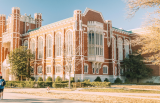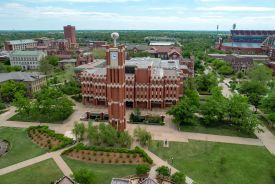NASA's second set of space fire experiments in the three-part Saffire program blazed to a roaring success aboard the privately owned Cygnus cargo spacecraft.
Mission controllers on the ground ignited the Spacecraft Fire Experiment II (Saffire-II) on Nov. 21 shortly after the unscrewed Cygnus unlatched from the International Space Station (ISS) where it was docked for a month. Cygnus carried thousands of pounds of supplies including scientific experiments for the astronauts aboard the ISS. NASA's Saffire program aims to investigate how fires react and spread in microgravity, and to provide researchers valuable data in designing safer spacecraft.
On June 14, during the Saffire-I mission, NASA burned 1.3 feet wide X 3.3 feet long cotton-fiberglass cloth in a different Cygnus vessel, which NASA says is the largest intentional fire set in space. The Saffire-II mission provided additional data by burning a kit with nine samples of various materials, according to Space.com.
The experiment kit contained samples of different thicknesses of silicon; cotton-fiberglass blend; plexiglass; Nomex a material used in cargo bags and fire barrier; and a type of acrylic glass used for spacecraft windows. The Saffire-II samples are much smaller than one used in Saffire-I, each measuring only 2 inches wide by 12 inches long.
According to NASA, everything went well during the conduction of the experiment. All nine samples burned as planned providing the Saffire-II team with more than 100,000 images. All data of the experiment was sent down to Earth on Nov. 25. Saffire-II was powered off on Nov. 26 at 2:36 a.m. EST on Sunday.
Saffire-III will be conducted on a similar scale as that of Saffire-I. NASA officials said that the third experiment would proceed when its time comes on a future Cygnus mission.
On Nov. 27, Cygnus burned up upon re-entry into the atmosphere in an intentional death dive. The disposable Cygnus vehicles are designed and built by Orbital ATK based in Virginia.
© 2025 University Herald, All rights reserved. Do not reproduce without permission.








